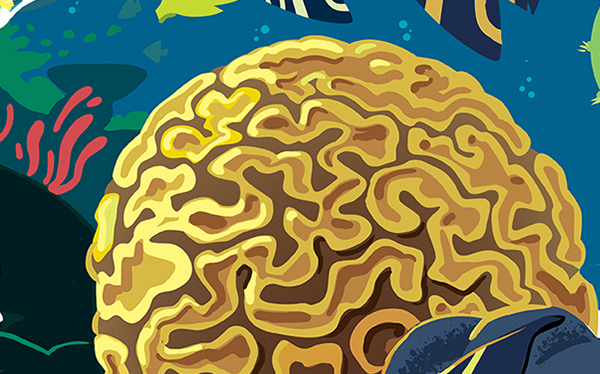Anthozoa is a class within the phylum Cnidaria. Unlike other cnidarians, anthozoans do not have a medusastage in their development. Instead, they release sperm and eggs that form a planula, which attaches to somesubstrate on which the cnidarian grows. Some anthozoans can also reproduce asexually through budding. More than 6,100 species have been described.[1]
The name comes from the Greek words άνθος (ánthos; “flower“) and ζώα (zóa; “animals”), hence ανθόζωα (anthozoa) = “flower animals”, a reference to the floral appearance of their perennial polyp stage.
Like those of other cnidarians, the individual polyps have a cylindrical body crowned by a ring of tentacles surrounding the mouth. The mouth leads into a tubular pharynx which descends for some distance into the body before opening into the gastrovascular cavity that fills the interior of the body and tentacles. Unlike other cnidarians, however, the cavity is subdivided by a number of radiating partitions, or mesenteries. The gonadsare also located within the cavity walls.[2]
All cnidarian species can feed by catching prey with nematocysts; sea anemones are capable of catching fish and corals of catching plankton. Some of the species also harbour a type of algae, dinoflagellates calledzooxanthellae, in a symbiotic relationship; the reef building corals known as hermatypic corals rely on this symbiotic relationship particularly. The zooxanthellae benefit by using nitrogenous waste and carbon dioxide produced by the host or, and the cnidarian gains photosynthetic capability and increased calcium carbonate production in hermatypic corals.[3]
Anemones and certain species of coral live in isolation; however, most corals form colonies of genetically identical polyps. These closely resemble anemones in structure, although they are generally much smaller. Stony coral are found in most seas.
(From Wikipedia, March 2015)





